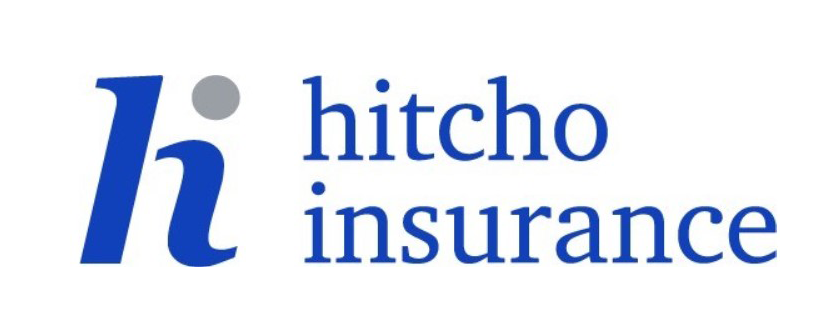What is Medicare Part D?
For most people, they will need to go to a pharmacy or have a doctor prescribe medicine that can’t be obtained over the counter. Medicare Part D is the part of Medicare that will help shoulder the cost of some prescription drugs. Normally you will get coverage through a private insurer and have to pay premiums and other out-of-pocket expenses. You will see these as either flat copays for each medication, or you will be billed a percentage of the overall prescription costs.
Annual deductibles are also something else to keep in mind when it comes to Medicare Part D. For 2020, if together you and your Medicare Part D insurance plan reach $4,020 in total drug costs for the year, then you will only be responsible for 25% of the costs for any other prescription drug costs through the year. Likewise, if you pay out of pocket more than $6,350 for medicine in a year, you will only be responsible for 5 percent of the cost under Part D. Insulin costs $35 across the board.
What does Medicare Part D Cover?
Typically, Medicare Part D will pay for most outpatient prescription drugs. Any prescription medicine or drugs that would be given at a medical facility would fall under Medicare Part B. What the plan won’t pay or provide coverage for consists of over-the-counter medications, prescription vitamins, weight loss supplements, or drugs to help with hair growth. Policyholders will have the option to buy brand-names as opposed to generic drugs, but it usually comes with a higher cost-sharing charge.
The Cost of Medicare Part D
While plans do tend to vary on the amount you will pay for prescriptions under Medicare Part D, there are a couple of consistent costs. For instance, The Centers for Medicare and Medicaid Services finds that on average most plans will charge a monthly premium of around $32.50, but does tend to change from plan to plan. Several plans under Medicare Part D that will also charge an annual deductible up to $415. If you find yourself with a deductible, you will have to pay full price for medicines until you have met the threshold outlined in the policy. One last cost to be on the lookout for is the coverage gap, or “donut hole” as it is often referred to. For many Medicare beneficiaries who have high drug bills, they will have to pay a higher percentage of drug costs while in this gap. For 2020, once you incur $3,830 in prescription drugs costs, you will only have to pay 25 percent of brand-name drugs, and 37 percent of generic drug costs.
How We Can Help
Everyday people struggle with selecting an insurance plan that will fully cover themselves and their families in case of an accident or misfortune. At Hitcho Insurance we want to make the process as easy on you as we can. That is why we offer a free consultation with one of our licensed agents who can get to know your needs better and answer any questions you might have. To request a consultation today or to learn more about your options, give us a call at (610) 694-9435.


